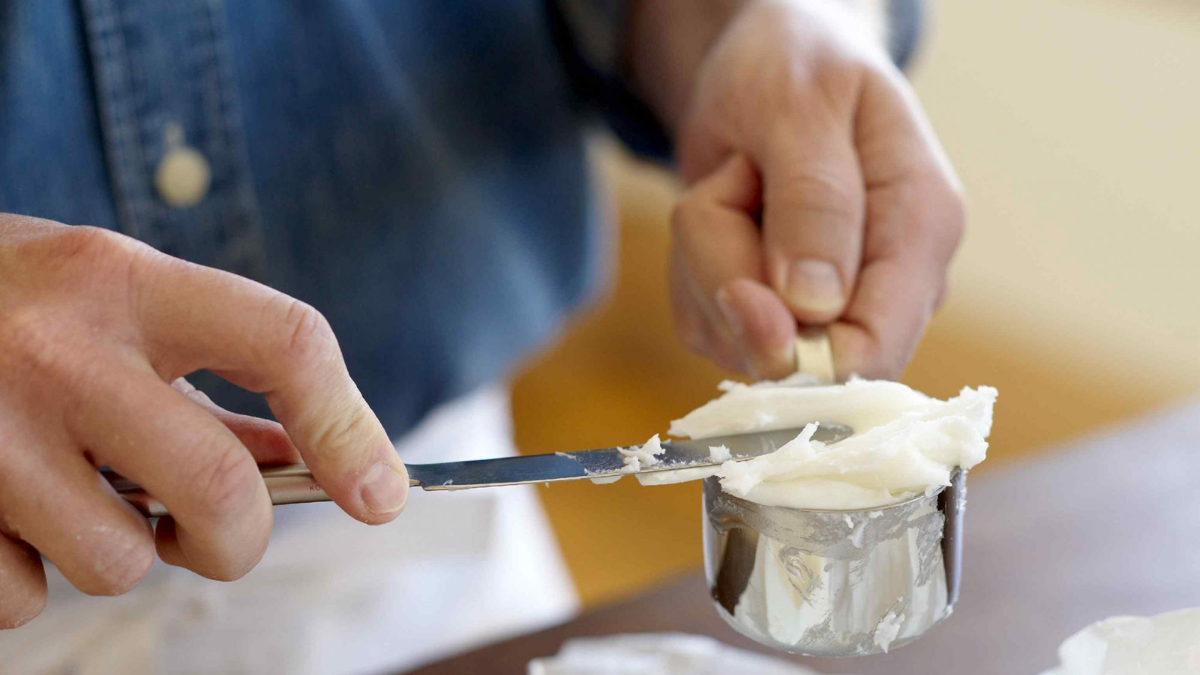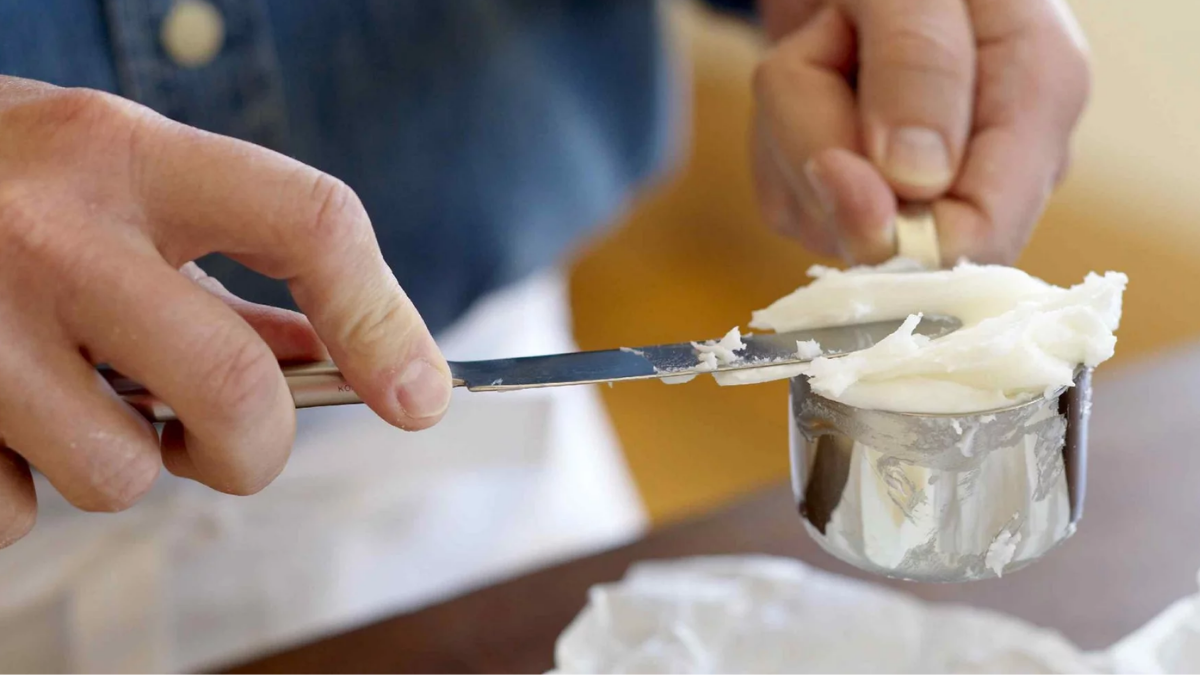What is Lard?
Lard has long been used in pastry because it produces light, flaky pastries like pies. It can also be used as a cooking and frying fat for various purposes. In a process known as larding, lard is inserted into or wrapped around meats to baste them while they cook. High-quality varieties are flavorful but not overpowering, and they can be used in place of butter in recipes. Use about one-fifth less than the recipe calls for when using them as a butter substitute.
There are several grades to choose from.


